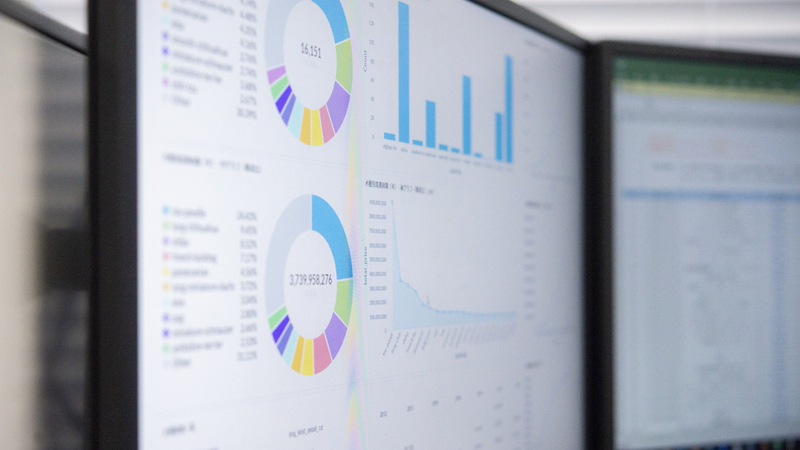Are you worried that your brain is decaying? We’re living through a major societal change: the grand rise of AI. While it may take many years to understand the full impact of distributed, democratised intelligence, we can already see a shift in how we work, collaborate, and plan for the future. For the first time ever, software developer employment rates are falling and the demand for analytical thinking skills is waning globally due to workflow automation and the rise of AI reasoning.
There’s a surprising new cognitive function at the top spot of in-demand skills across employers globally.
[Trumpets!] Creative thinking. [Fanfare!]
It shouldn’t be too surprising that we need creativity now more than ever. It is, perhaps, the last stronghold of human superiority, our creativity is what allows us to make inventive leaps beyond the status quo—and beyond the AI training data sets.
The same processes of chopping up and recombining disparate ideas that gave us Leonardo da Vinci’s paintings, Pink Floyd, and Shakespeare are also used to grow profit margins, launch products into new markets, and turn around failing fortune 500s. We’ve valued creativity in the workplace for a long time: designers earned their place in the c-suite over 15 years ago as companies fought to replicate Apple’s design-led success; and innovation teams are routinely tasked with finding novel solutions to business problems, creating new products to take to market, or engineering new avenues for growth. What’s changed as we witness the rise of AI is that we’re beginning to ask all employees to become creative thinkers — individual inventors collaborating with machine intelligence as the implementation engine of their ideas.
As a workforce, we’re absolutely not ready for this kind of work. Sir Ken Robinson delivered the most watched TED talk of all time in 2006, on how our education systems are stamping creativity out of kids. We stigmatise mistakes, devalue creative pursuits, and educate children out of their creative capacity. A longitudinal study published in 2011 showed that since 1990, creative thinking scores across all school year groups have decreased (here). Nearly 20 years later, education has doubled down on standardised testing, the promotion of analytical skills over all else, and a reduction in funding and classroom time for the arts — despite evidence that incorporating the arts into education improves learning and emotional development outcomes (eg here).
The neuroscience of creative thinking shows us why it’s important we start creating early and often: the less time we spend in creative pursuit, the fewer novel connections we make within our brain networks. Fewer connections has been proven to make us worse at creative tasks. A study by Roger Beaty and colleagues in 2018 (here), examined the link between well- connected brain networks and creative thinking. Their findings show that people who excel in creative tasks have better-connected brain networks, particularly among the frontal, temporal, and parietal lobes—areas responsible for executive function, sensory processing, and attentional control.
Creativity isn’t just a skill for the workplace either. Daisy Fancourt showed that participation in the arts more than once a week significantly improves life satisfaction, lowers the risk of depression, and might just make us live longer (the report is here). Susan Magsamen, founder and executive director of the International Arts + Mind Lab Center for Applied Neuroaesthetics at Johns Hopkins University School of Medicine, has argued that time spent being creative is as important as sleep, exercise, and nutrition. So we should take our fun seriously.
Is it too late for you? Well, no. At around the same time as Sir Ken Robinson gave his speech, neuroscientists were starting to revise their ideas of brain plasticity — the continuous process of rewiring that occurs as we learn and develop. The prevailing wisdom had been that after a certain age our brains became fixed. Changing how we thought seemed to become harder or impossible as we aged, but new discoveries proved that our brains remain plastic into later life. So we all have the capacity to become creative thinkers, as long as we spend time strengthening the pathways between different networks of the brain. All it takes is time spent trying to think creatively. Like going to the gym to build muscle, we can build our creative strength through frequent playful mental exercises.
That’s exactly the thinking behind Altering, one of the ventures we’ve helped bring to life at The49. Built to make daily creativity simple and accessible, Altering gives people a way to build their creative confidence through playful guided exercises. Whether you’re staring at a blank page or looking to stretch your thinking in new directions, it’s designed to help anyone, at any stage, flex their creative muscle.
Because at The49, we believe creativity isn’t a nice-to-have. It’s a competitive advantage. And it’s something everyone can grow.
You can get started with your daily creative practice at altering.io. Or if you're interested to learn more, reach out to mike@altering.io




